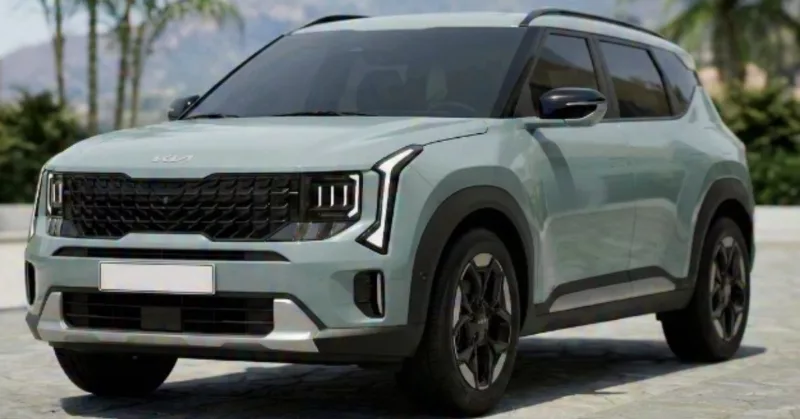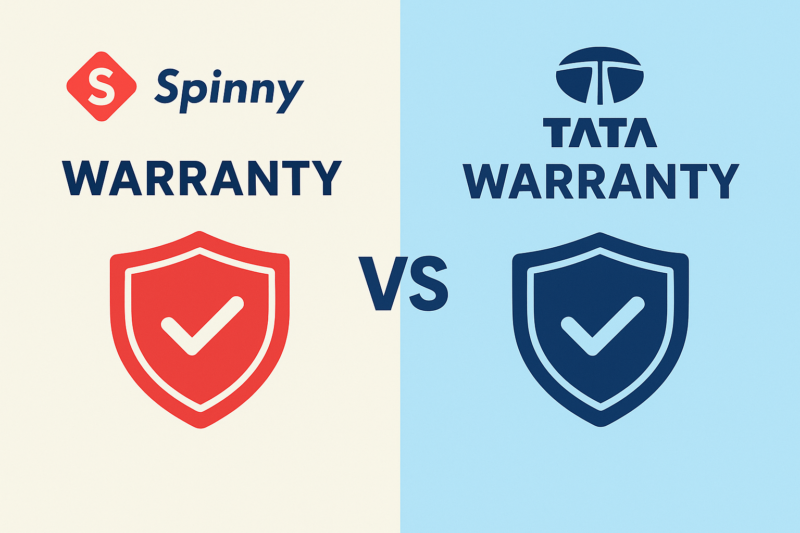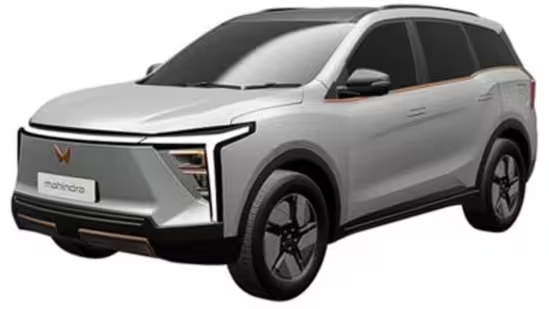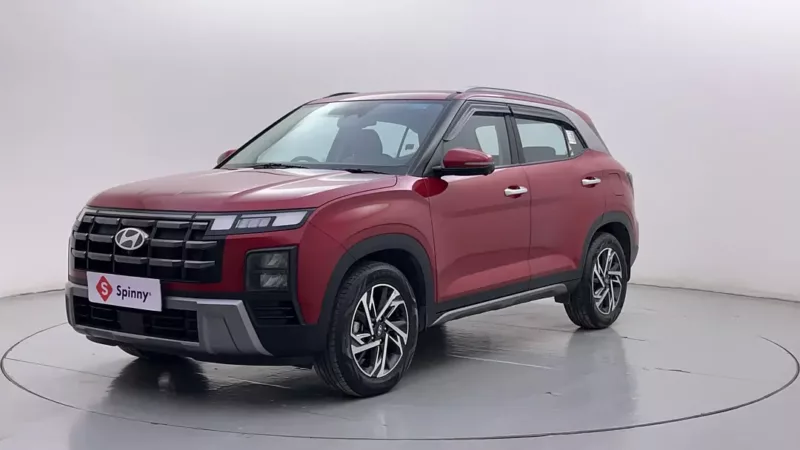EVs are among some of the most significant vehicles in the coming years in the automobile industry. Since they are relatively new in the mass market category, they can get quite expensive to own. However, the rise in both production and demand of EVs means that we are now able to get our hands on a capable and functional EV from a well-known brand for essentially the same price as a regular IC car.
The MG Comet EV is currently the cheapest electric car available in India, and it offers all the functionality and perks of an EV for the price of a regular hatchback. The Tata Punch EV aims to offer a sense of an electric SUV but for a more affordable price than the Nexon EV or the Mahindra XUV400.
The two cars are from different price categories and different body segments. Rather than directly competing, the Tata Punch EV and MG Comet EV aim to be the affordable and value-for-money choice in their respective segments. Hence, we have decided to compare the two across all the necessary departments to help people make a wiser choice.
Tata Punch EV vs MG Comet EV: Dimensions
Parameter | Tata Punch EV | MG Comet EV |
Length (mm) | 3857 mm | 2974 mm |
Width (mm) | 1742 mm | 1505 mm |
Height (mm) | 1633 mm | 1640 mm |
Wheelbase (mm) | 2445 mm | 2010 mm |
Boot Space (L) | 366 litres | 350 litres |
Ground Clearance (mm) | 190 mm | 165 mm |
Since we are comparing a hatchback and a micro SUV, it’s easy to guess which one is bigger than the other across all size dimensions. But the MG Comet deceives people in one particular area.
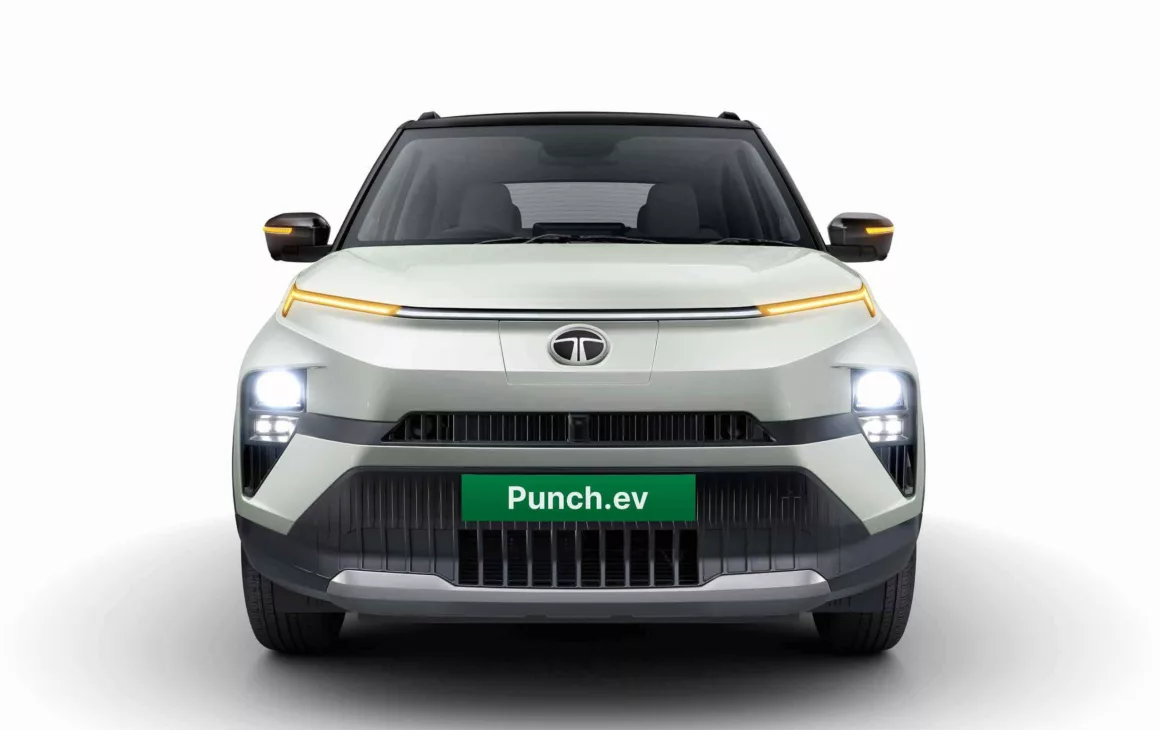
The Tata Punch EV is a lot longer than the MG Comet EV which helps with legroom and under-thigh support for the rear passengers as well as extra boot space. The Punch EV is also wider than the MG Comet, 237 mm to be precise. The extra width of the Punch EV comes as a boon for a 3-person second-row seat. Also, the Punch EV gets a 435 mm longer wheelbase and 25 mm more ground clearance. These two help the Punch EV gain stability at high speeds and the ability to absorb uneven roads and potholes easily.
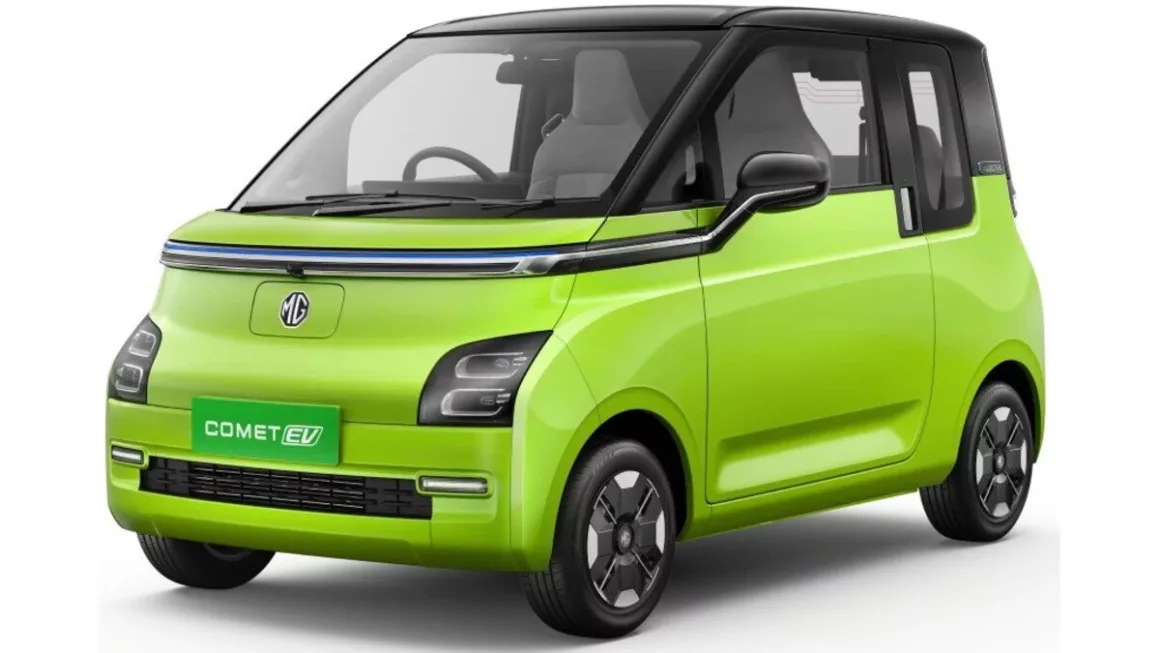
But the MG Comet EV does not go down without a fight, not even against a micro-SUV. The MG Comet EV runs 1640 mm high, which is higher than the Punch EV’s stature. Though the difference in height is barely noticeable, the fact that a little electric hatchback offers such a headroom works wonders for taller folks, even if it’s for a little grocery trip. The MG Comet EV also comes very close to matching the Punch EV’s boot space capacity.
The Tata Punch EV is certainly the winner here due to being a bigger car overall. But MG has manufactured the Comet for a specific purpose, which is to make local trips as comfortable and practical as possible.
Tata Punch EV vs MG Comet EV: Engine & Transmission
Parameter | Tata Punch EV | MG Comet EV |
Powertrain options | Permanent Magnet Synchronous Motor | Permanent Magnet Synchronous Motor |
Transmission options | 1-Speed Automatic | 1-Speed Automatic |
Power | 81 PS | 42 PS |
Torque (Nm) | 114 Nm | 110 Nm |
Driving Range | 315 Km | 230 Km |
Here you will find one of the most noticeable differences between the two EVs. You will also get a clear picture of the reasons behind the development of the two EVs. You will find both EVs to have a similar electric motor and a single-speed automatic transmission for the powertrain. Other than that, the two EVs are very different from each other.
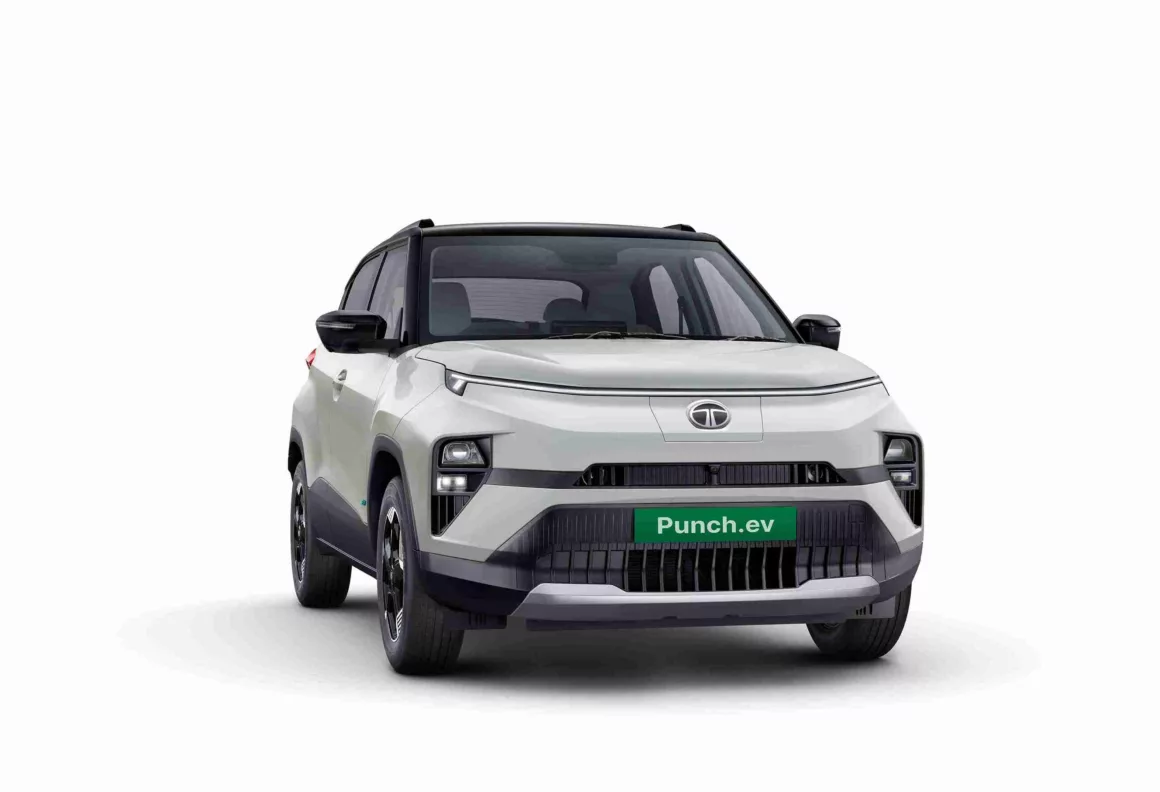
The MG Comet EV has a 17.3 kWh battery under its floor. On the other hand, the bigger and heavier Tata Punch EV gets a 25 kWh battery for the normal one and a 35 kWh battery for the long-range one. Usually, in an EV, the bigger the battery, the longer the range, and it also shows here. The MG Comet EV boasts a 230 km driving range. The Punch EV gets a 315 km driving range figure in its regular version, whereas, the Punch EV long-range version offers a 421 km range on a single full charge.
Now, let’s talk power. The MG Comet EV’s regular version gives you just about 42 PS to play with and 110 Nm of torque. This alone should clarify that the MG Comet EV is aimed strictly at daily commutes in the city and no longer trips. As its name suggests, the Tata Punch EV hits you with a punch of 81 PS and 114 Nm on full throttle. The Punch EV’s long-range version goes even harder with 122 PS and 190 Nm of torque.
Comparing the two EVs gives us a clear result. The MG Comet EV fares best for grocery trips or daily commutes to work. The small battery and compact footprint make it a good car to manoeuvre in city traffic. The Tata Punch EV on the other hand works better for long-range trips than the MG Comet EV. Moreover, it’s not too bad on the city roads either.
Tata Punch EV vs MG Comet EV: Features and Comfort
Feature | Tata Punch EV | MG Comet EV |
Infotainment System | 10.25-inch HD infotainment system with Android Auto and Apple CarPlay | 10.25-inch HD infotainment system with Android Auto and Apple CarPlay |
Music System | 4 Speakers (And 2 Tweeters) | 2 Speakers |
Climate Control | Yes | No |
Ventilated Seats | Yes (Front) | No |
Adjustable Steering | Tilt & Telescopic | Tilt |
Drive Modes | Yes | No |
Instrument Cluster | Digital | Digital |
Sunroof | Yes | No |
Adjustable Seats (Manual or Electric) | Manual | Manual |
Rear AC Vents | Yes | No |
60:40 Rear Seat Split | Yes | No (50:50 Split Instead) |
Cruise Control | Yes | No |
Here, the MG Comet EV and the Tata Punch EV are affordable electric vehicles that sell in the same price range as traditional IC cars, so do not expect things like a panoramic sunroof or electrically adjustable seats here.
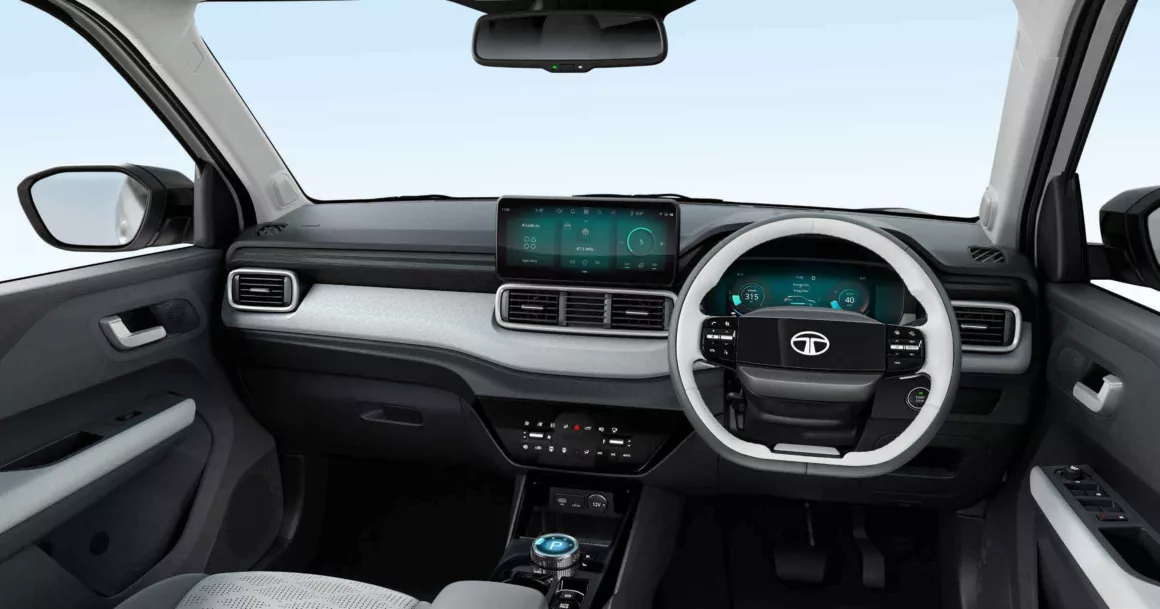
The bigger and costlier Tata Punch gets plenty of additional goodies like cruise control, rear AC vents, an electric sunroof, telescopic steering adjustment, and ventilated seats. The Punch EV also gets 2 speakers and 2 tweeters more than the Comet EV.
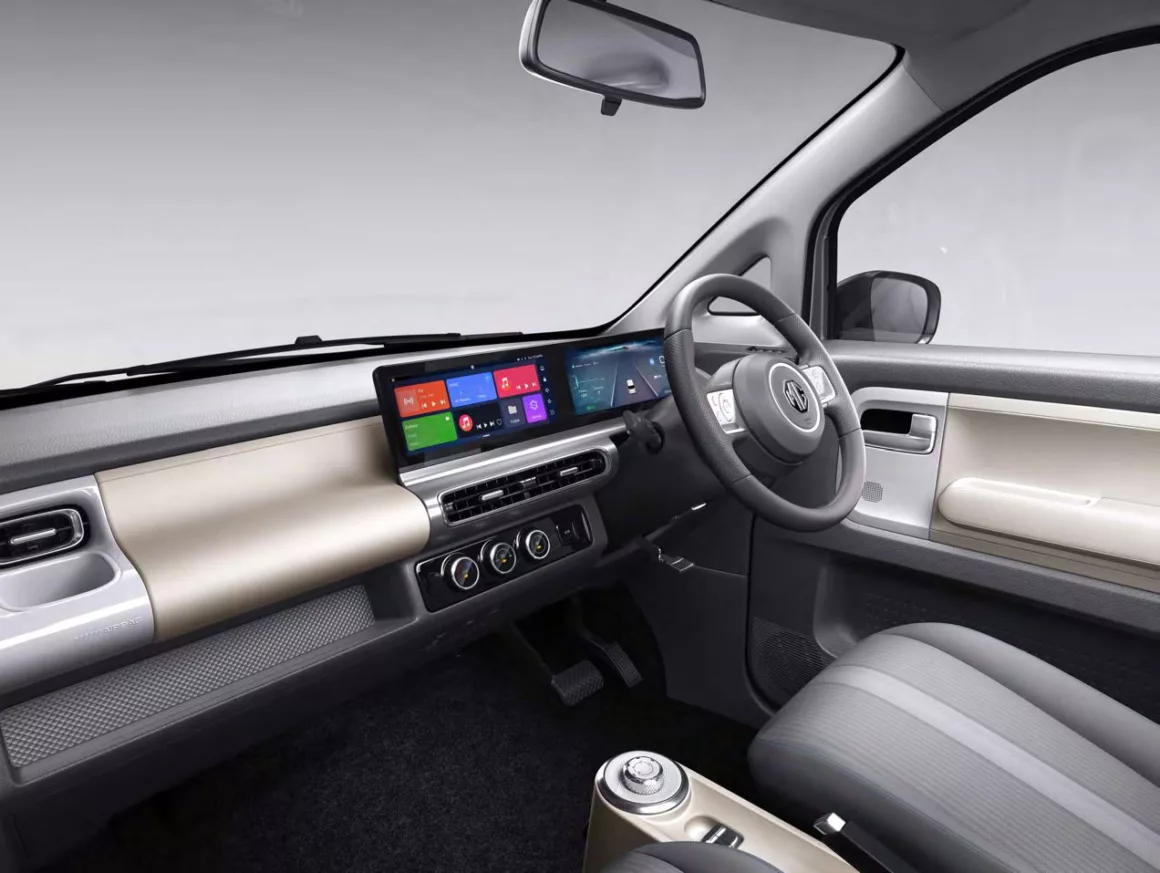
Since MG has presented the Comet EV as an affordable city car, you will not find some popular features such as climate control, rear AC vents, or cruise control. However, the Comet EV is no barebones car either. It still gets tech features like a touchscreen infotainment system as big as the one in Punch EV, steering-mounted audio controls, a digital instrument cluster, and smartphone connectivity.
The price is reflected on the features list extensively here. The MG Comet EV is a budget car, so you will have to make do with some features missing, though it’s still well-equipped for what it’s worth. Tata made sure to make the Punch EV one of the most feature-packed electric compact SUVs in its price range, and you will find just about everything you want inside it.
Tata Punch EV vs MG Comet EV: Safety Features
Feature | Tata Punch EV | MG Comet EV |
GNCAP Safety Ratings | Not Tested | Not Tested |
Airbags | 6 | 2 |
ABS with EBD | Yes | Yes |
ESC | Yes | Yes |
Traction Control | Yes | No |
Automatic Headlamps | Yes | No |
Rain-sensing Wipers | Yes | No |
Hill Hold Assist | Yes | Yes |
Hill Descent Control | Yes (Long Range only) | No |
Rear Sensors | Yes | Yes |
Rear Parking Camera | Yes (360° Camera) | Yes |
ISOFIX Child Seat Anchor Points | Yes | Yes |
ADAS | No | No |
EVs in general usually come with plenty of safety and driver-assist tech that help lessen the worry of the driver while on the road.
The Tata Punch EV has not gone through such a test, but its petrol counterpart, essentially in the same body, scored a 5-star rating. Both EVs here have safety features such as an Anti-lock Braking System, Electronic Brake-force Distribution, Electric Stability Control, an electronic parking brake, and Hill Hold Control. The two EVs also come with ISOFIX Child Seat Anchor Points and a rear parking camera.
Rain-sensing wipers, auto headlamps, and traction control are some features missing in the MG Comet EV that the Punch comes with. You will also find Hill Descent Control in the Tata Punch EV Long Range. Additionally, the Tata Punch EV takes things further by adding a 360° Camera, and 6 total airbags compared to the Comet EV’s two. Given the price they sell for, it’s no surprise that both cars also lack ADAS features.
Again, the Tata Punch EV takes the cake with plenty of extra safety features to make your city of highway trip as safe and secure as possible. On the other hand, it makes sense that the MG Comet EV does not come with things it is not likely to need such as Traction Control or Hill Descent Control.
Tata Punch EV vs MG Comet EV: Prices & Variants
Variants | Tata Punch EV | MG Comet EV |
Base | Rs. 10.99 - Rs. 11.49 Lakh | Rs. 6.99 Lakh |
Mid | Rs. 11.99 - Rs. 13.99 Lakh | Rs. 7.88 - Rs. 8.24 Lakh |
Upper-Mid | Rs. 12.79 - Rs. 14.99 Lakh | — |
Top | Rs. 13.29 - Rs. 15.49 Lakh | Rs. 8.78 - Rs. 9.14 Lakh |
Since Tata is an Indian brand and the cars are manufactured in this country, The Tata Punch EV is priced very well in the market considering the value it provides. The Tata Punch EV and the Comet EV fall in the Rs. 7.00 lakh to Rs. 15.00 lakh category, thereby being accessible and affordable for most Indian buyers. Here are the details about the different variants of both EVs. You should note that the Long-Range version of the Tata Punch EV only affects its battery and performance, the rest of the features remain the same.
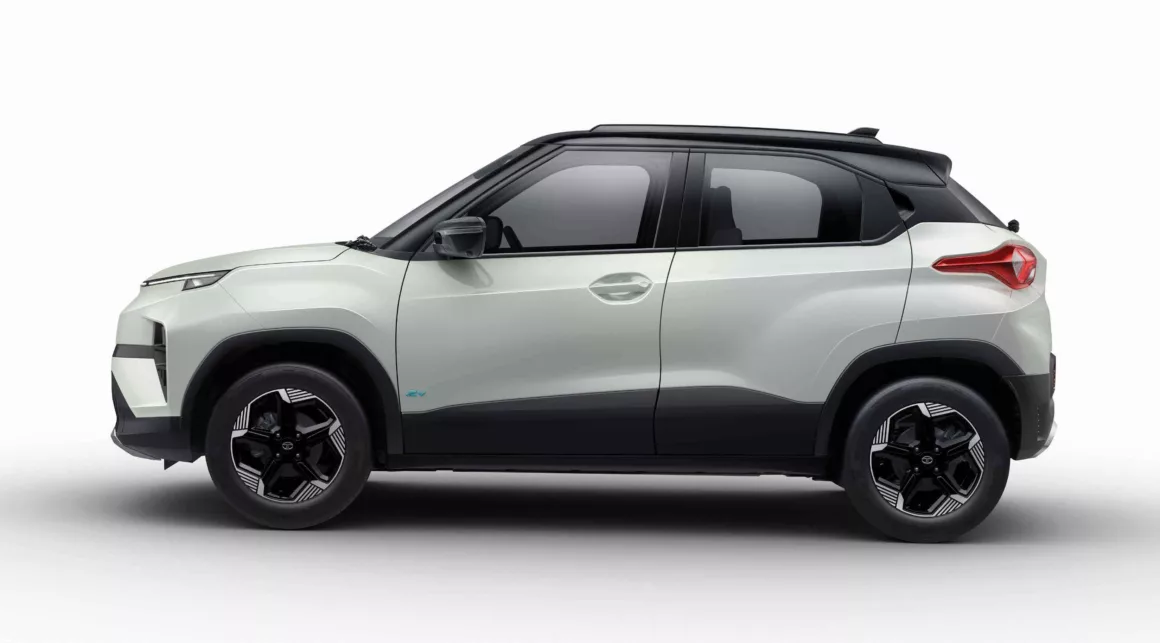
The Tata Punch EV starts with the base variant Smart. This one is already a feature-packed machine with LED headlamps, DRLs, TPMS, a cooled glovebox, front power windows, and even an air purifier. Then there’s the Smart+ which is like a lower-mid variant that boasts great value for its money. The Smart+ adds steering-mounted controls, a 7-inch touchscreen infotainment system, paddle shifters, and rear power windows to the Smart. The Punch EV’s mid-variant is called Adventure, and it comes with front fog lamps, keyless entry and start, auto-folding ORVMs, and cruise control. The Long Range version also has rear disc brakes, an electronic parking brake with autohold function, multiple driving modes, and hill descent control. There is also an option to opt for Auto headlights and wipers, along with an electric sunroof if you pick the Adventure S package. The upper-mid Empowered variant adds alloy wheels, a 10.25-inch infotainment system, a digital instrument cluster, wireless Android Auto & Apple CarPlay, front and rear armrests, and powered ORVMs with auto fold function to the mix. Lastly, the top-level Empowered+ variant is packed with the likes of 360-degree camera, a blind spot monitor, a wireless charger, a 10.25-inch instrument cluster, and ventilated front seats.
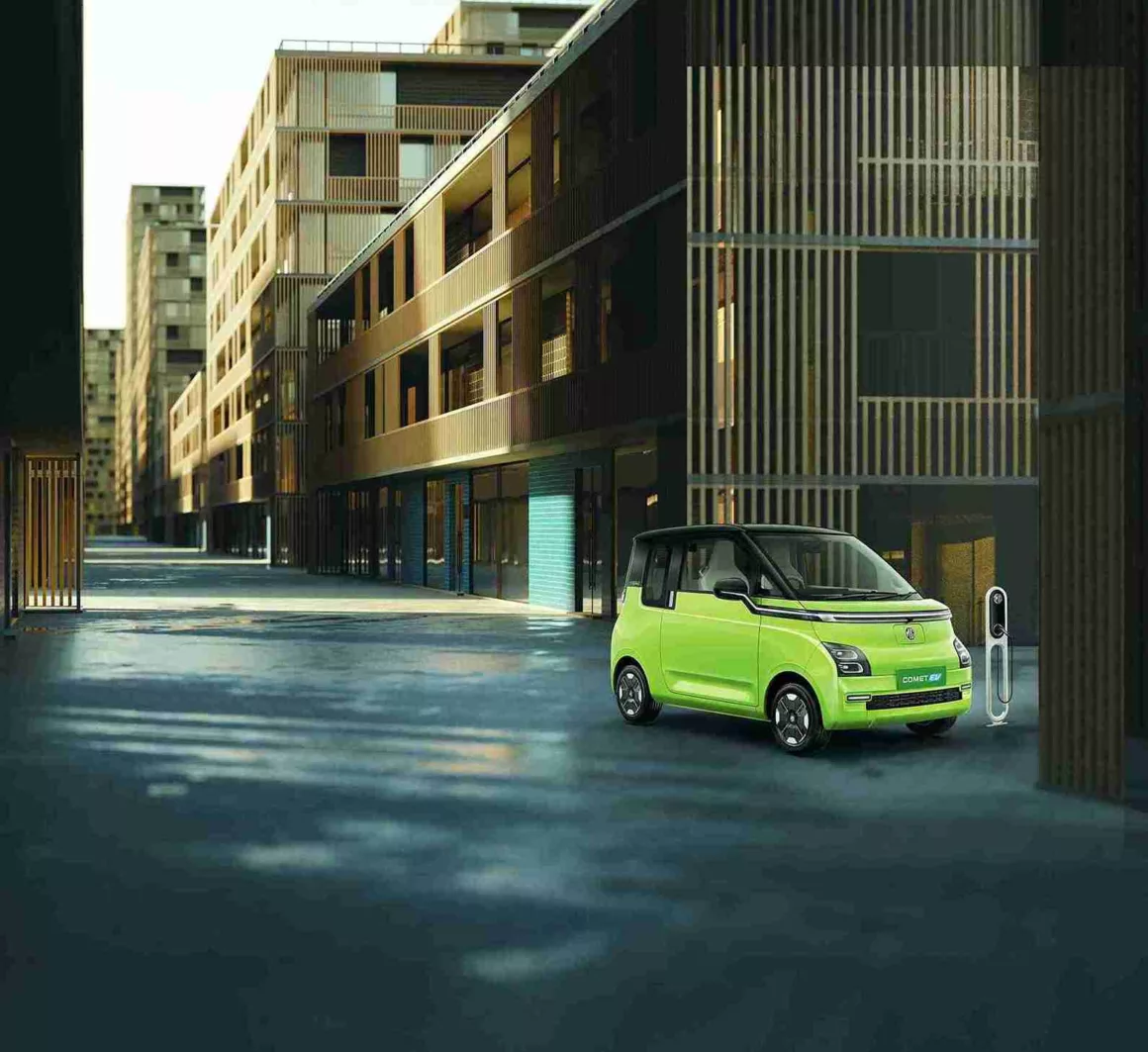
The MG Comet EV starts with a very affordable ex-showroom price of Rs. 6.99 Lakh. The base variant Executive comes with some basic features like LED turn indicators on ORVMs, keyless entry, creep mode, One Key Co-Driver Seat Turning mechanism for 2nd-row entry, an LCD digital instrument cluster, a basic audio system with Bluetooth, steering-mounted audio controls, and 3 USB ports. The mid-variant Excite adds LED headlamps and taillamps instead of Halogen, turn indicator integrated DRLs, leather-wrapped Steering Wheel, a bigger LCD instrument cluster, an extra foldable key, connected car features, a touchscreen infotainment system, and fast charging on the USB ports to the mix. MG Comet EV only has 3 variants, and the top-most variant Exclusive includes stuff like a digital key with a sharing system, a smart start system, power foldable ORVMs, a reverse camera, an electronic parking brake, electronic stability control, hill hold control, tilt steering, and driver window auto-up. You will find the rest of the safety features in all variants as standard in the MG Comet EV.
The first thing that we notice is that the Top Variant of the MG Comet EV is cheaper than the Tata Punch EV. Hence, the MG Comet EV is the more affordable option here (it’s the most affordable EV in the market right now). On the other hand, the Tata Punch EV gives more features for the extra price, and more variants to become more accessible to people.
Tata Punch EV vs MG Comet EV: Summary
Now you essentially know just about everything there is to know about the Tata Punch EV and the MG Comet EV.
The Tata Punch EV provides a good mix of the affordability of a hatchback and the practicality and versatility of a compact SUV in an electrifying package. Tata has priced it well, it brings a plethora of comfort, tech, and safety features to the table, and it looks quite good as well. Go for it if you want a big-ish EV that’s good for both City and Highway trips.
The MG Comet EV comes off as a dedicated city car (reminiscent of the Tata Nano) with a price tag that satisfies a hatchback buyer and enough tech features to satisfy (or even surprise) most modern car buyers in its price range. Go for this one if you want an EV with plenty of boot space to store your shopping and keep maneuvering and parking in the city as easy as it gets.
